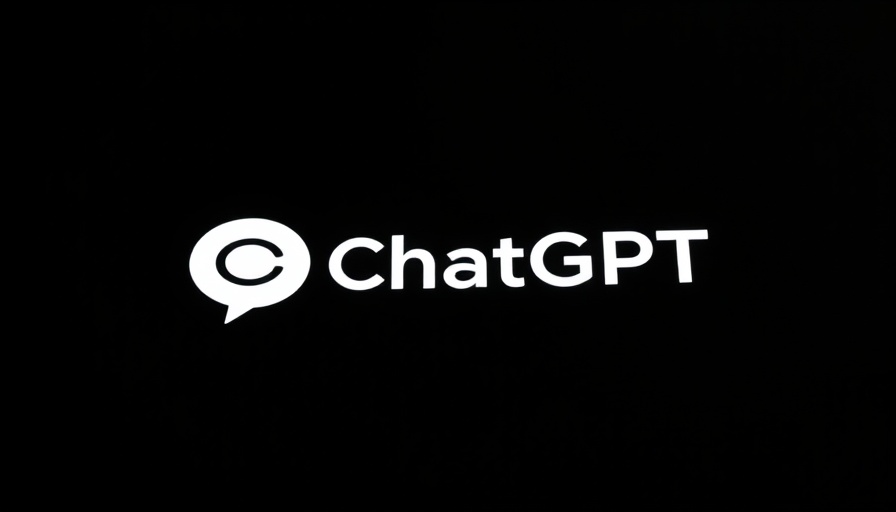
ChatGPT Revolutionizes Image Generation with GPT-4o Upgrade
In a significant stride for AI technology, OpenAI has launched a pivotal upgrade to ChatGPT's image-generation feature. Announced by CEO Sam Altman during a recent livestream, this upgrade heralds a new era in digital creativity. With the integration of the GPT-4o model, ChatGPT can now natively create and modify images, a leap forward from its previous capabilities which focused solely on text generation.
A New Era of Image Generation
Historically, prior to this update, OpenAI’s chatbot was limited to textual outputs, which confined the scope of user interaction and creativity. Now, subscribers to the $200-per-month Pro plan can explore a multifaceted creative experience, bringing their ideas to life with images. GPT-4o has the ability to edit existing images too, featuring functionalities like transforming images or inpainting details in complex scenes.
The Technical Backbone of GPT-4o
OpenAI has purportedly trained the GPT-4o model on publicly available datasets along with proprietary data from notable partnerships, such as that with Shutterstock. This gives it a more nuanced understanding of the visual elements it generates. Unlike its predecessor DALL-E 3, GPT-4o offers a more thoughtful approach to image creation, promising higher accuracy and detail in the generated visuals.
The Importance of Intellectual Property
As innovation accelerates in the AI field, companies face increasing scrutiny regarding the intellectual property of their training data. OpenAI has communicated its commitment to respecting artists’ rights, implementing policies that prevent it from generating images that directly mimic the work of living artists. This reflects a growing trend in the tech industry where companies recognize the need to address the ethical implications of generative AI.
Market Positioning and Competition
This upgrade emerges in a competitive landscape where other major players, like Google, are also making strides in AI image generation. Notably, Google’s Gemini 2.0 Flash has garnered attention for its capabilities, but has faced criticism over the lack of safeguards, raising concerns about copyright infringement. OpenAI’s responsible approach to user-generated content and ethical considerations could give it a competitive edge.
The Future of Creative Tools in AI
The implications of this upgrade extend beyond mere novelty. As users begin harnessing the image generation capabilities of ChatGPT, it opens up avenues for creators in industries such as marketing, graphic designing, and content creation to streamline their workflows. Furthermore, as AI tools become more integrated into creative processes, we could witness an evolution of artistic expression and a shift in how content is produced.
Potential Ethical Challenges Ahead
As ChatGPT grows in capability, it also raises pressing questions about the ethical use of AI in artistic fields. If users can easily generate images that closely resemble existing works, how will this impact original artistry? OpenAI’s measures to allow artists to opt-out of training data usage highlight a growing need for transparent practices in the AI space.
Conclusion: Embracing the AI Future
The launch of the upgraded image-generation feature in ChatGPT highlights the rapid advancements being made in AI technology. With a focus on accuracy, creativity, and ethical considerations, OpenAI sets itself apart in the crowded AI landscape. As more users embrace these capabilities, we may soon see a dramatic shift in how we engage with digital content.
 Add Row
Add Row  Add
Add 



Write A Comment